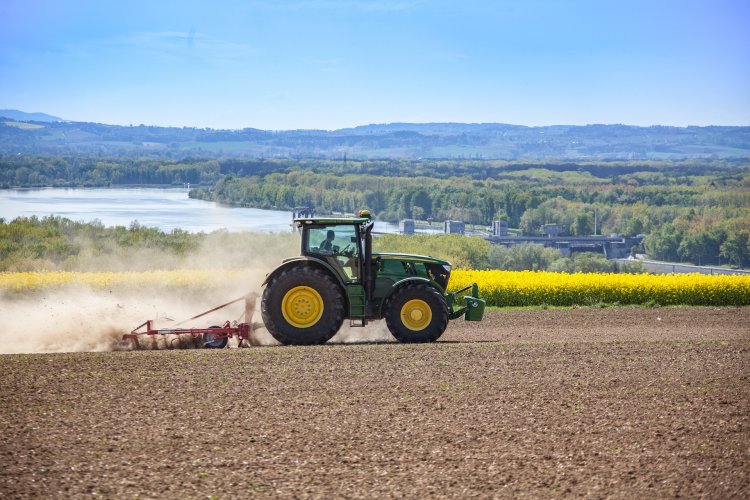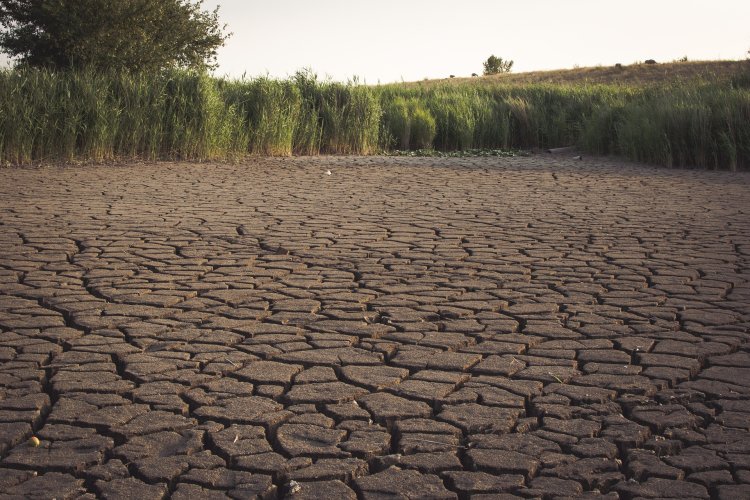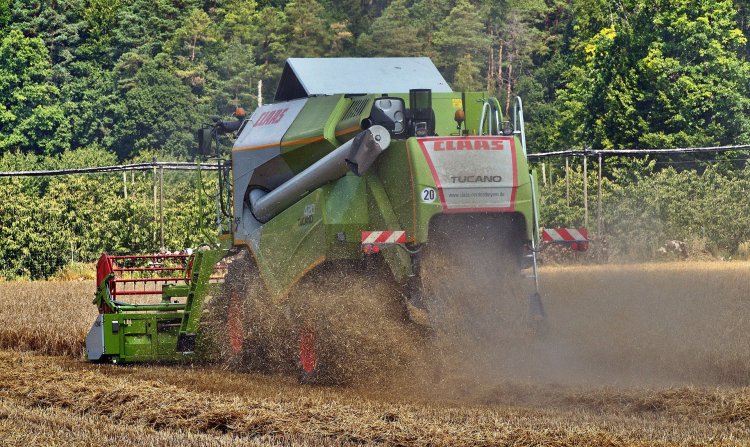Climate Change & Agriculture: How Farmers Can Adapt to a Warming World
Explore the impact of climate change on agriculture—changing rainfall, droughts, heatwaves—and learn adaptation strategies to ensure food security. Join Nleaf Farmstead to invest in resilient farming solutions!

Climate change is no longer a distant threat—it’s here, and it’s reshaping agriculture as we know it. Changing rainfall patterns, droughts, temperature shifts, and heatwaves are impacting crop yields, livestock health, and global food security. But there’s hope: with the right adaptation strategies, farmers can not only survive but thrive in this new reality. Let’s explore the challenges and solutions, and see how you can be part of building a resilient future for farming.
The Impact of Climate Change on Agriculture
- Changing Rainfall Patterns: Unpredictable rainfall—either too much or too little—is disrupting planting and harvesting schedules. For example, in East Africa, erratic rains have led to a 20% drop in maize yields over the past decade, threatening food security for millions.Unpredictable rainfall—either too much or too little—is disrupting planting and harvesting schedules. For example, in East Africa, erratic rains have led to a 20% drop in maize yields over the past decade, threatening food security for millions.
- Droughts: Prolonged droughts are stressing water resources, especially in regions like California and Australia. In 2023, Australian wheat production fell by 15% due to severe drought, driving up global prices.

photo of a drought field
- Temperature Shifts & Heatwaves: Rising temperatures and frequent heatwaves are reducing crop productivity. For instance, rice—a staple for billions—sees a 10% yield drop for every 1°C increase above its optimal growing temperature. Heat stress also affects livestock, lowering milk production and increasing disease risk.
- Food Security at Risk: With yields declining and extreme weather on the rise, global food security is under threat. The UN estimates that by 2050, climate change could push an additional 100 million people into hunger if we don’t act.
Adaptation Strategies for Farmers
Farmers can adapt to these challenges with practical, technology-driven solutions. Here are some strategies to get started:
- Adopt Drought-Resistant Crops: Switch to crop varieties bred for resilience, like drought-tolerant maize or heat-resistant wheat. These crops can maintain yields even under stress.
- Implement Smart Irrigation: Use IoT sensors and AI to monitor soil moisture and automate irrigation. This ensures crops get water only when needed, conserving resources during droughts.

photo: technology the solution to climatic change
- Diversify Farming Practices: Rotate crops and integrate livestock to reduce risk. For example, planting cover crops can improve soil health and retain moisture during dry spells.
- Leverage Precision Agriculture: Use GPS, drones, and AI to monitor fields and apply resources precisely. Drones can identify heat-stressed areas, allowing farmers to act quickly.
- Invest in Shade and Cooling for Livestock: Provide shade structures and cooling systems to protect animals from heatwaves, ensuring their health and productivity.
Why This Matters ?
Adapting to climate change isn’t just about survival—it’s about ensuring global food security for future generations. By adopting these strategies, farmers can reduce losses, maintain yields, and contribute to a more sustainable food system. Consumers benefit too, with more stable food prices and access to sustainably grown products.
Ready to Make an Impact?
Visit our website to learn more. Interested in investing? Contact us today!
Share this post to spread the word—let’s work together to ensure food security in a warming world!
What's Your Reaction?





















